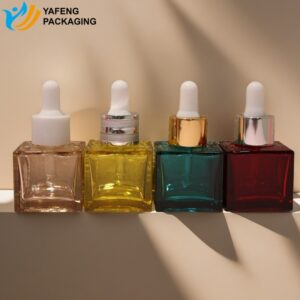
News & Blog
Great things in business are never done by one person. They’re done by a team of people. We have that dynamic group of peoples
Cosmetic packaging materials are an important part of cosmetic packaging. They not only affect the appearance and texture of the product, but are also directly related to the product’s preservation, user experience, and brand image. Common cosmetic packaging materials mainly include glass bottles, tubes, and plastic bottles. Each material has its own unique advantages and disadvantages, and is suitable for different cosmetic types and needs. The following will discuss in detail the characteristics, application scenarios, and advantages and disadvantages of these three packaging materials in cosmetic packaging, and analyze them from aspects such as material properties, commonly used materials, production processes, and processing technologies.
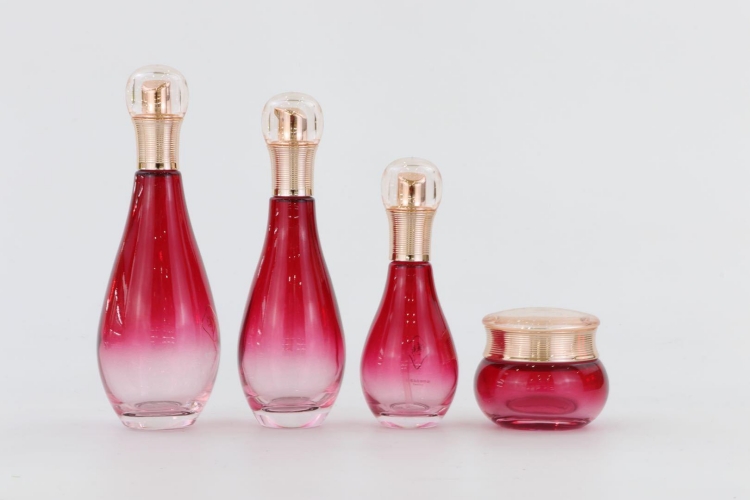
Glass bottles are common high-end materials in cosmetic packaging, mainly used in skin care products (such as creams, lotions), perfumes, essential oils and nail polishes. The capacity of glass bottles is usually small, basically less than 200ml, and glass bottles larger than 200ml are rarely used in cosmetics. Glass bottles are divided into two types: wide-mouth bottles and narrow-mouth bottles:
The main materials of glass bottles are soda-lime glass and borosilicate glass:
The production process of glass bottles mainly includes the following steps:
The processing technology of glass bottles mainly includes:
advantage:
shortcoming:
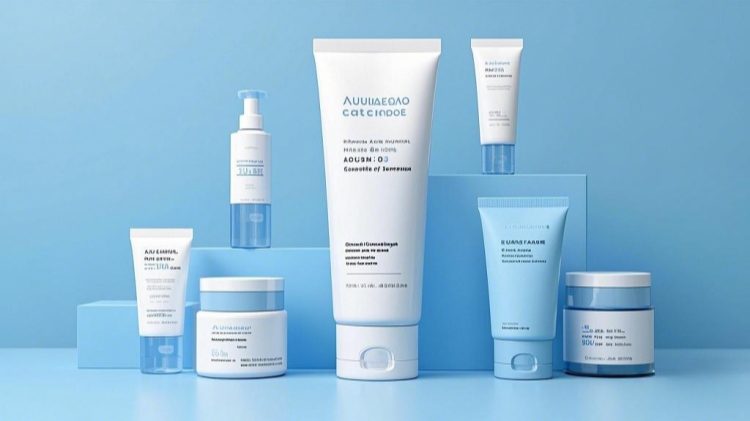
Tube is another common form of cosmetic packaging, widely used in products such as lotion, facial cleanser, toothpaste, etc. Tube is divided into single-layer, double-layer and five-layer tubes. The tubes with different layers have different pressure resistance, penetration resistance and hand feel. The five-layer tube consists of an outer layer, an inner layer, two adhesive layers and a barrier layer. It has excellent gas barrier properties and can effectively prevent the infiltration of oxygen and odorous gases, while preventing the leakage of the fragrance and active ingredients of the contents.
The main materials of tubes are polyethylene (PE) and polypropylene (PP):
The production process of tube mainly includes the following steps:
The processing technology of tube mainly includes:
advantage:
shortcoming:
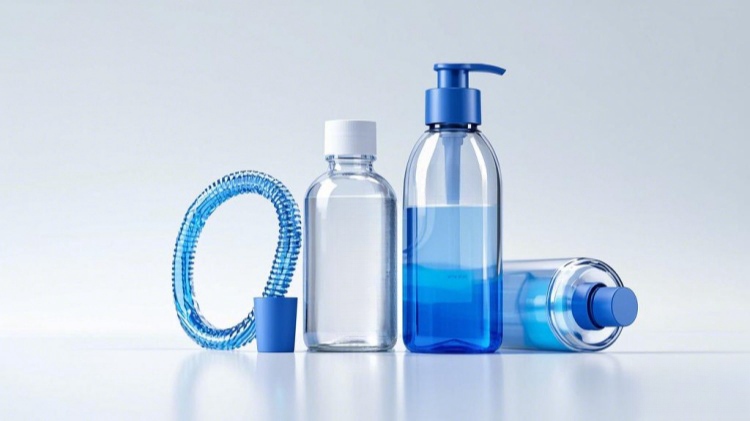
Plastic bottles are one of the most widely used materials in cosmetic packaging. Common materials include PP, PE, K material, AS, ABS, acrylic and PET. Plastic bottles are usually used for products such as cream bottles, lotion bottles, and washing bottles. According to different production processes, plastic bottles are divided into two types: injection molding and blow molding:
Common materials for plastic bottles include:
The production process of plastic bottles mainly includes the following steps:
The processing technology of plastic bottles mainly includes:
advantage:
shortcoming:
The following table summarizes the advantages and disadvantages of glass bottles, tubes and plastic bottles in cosmetic packaging applications:
characteristic | Glass Bottle | tube | Plastic bottles |
Texture | High quality, high-end | Low texture | Low texture |
Chemical stability | High, not easy to react with the contents | Higher | Low, may react with contents |
Environmental protection | Recyclable, environmentally friendly | Low recycling rate | Low recycling rate |
Portability | Heavy and not portable | Lightweight and easy to carry | Lightweight and easy to carry |
cost | high | Lower | Low |
Durability | fragile | Easy to deform | Fall-resistant |
Barrier properties | Excellent | Excellent (multi-layer tube) | generally |
Glass bottles, tubes and plastic bottles each have their own unique advantages and disadvantages, and are suitable for different cosmetic types and brand needs. Glass bottles are suitable for high-end skin care products and perfumes, and can enhance the brand image; tubes are suitable for daily lotions and facial cleansers, and are portable and have good barrier properties; plastic bottles are widely used in various cosmetic packaging due to their low cost and high design flexibility. When choosing packaging materials, brands need to make comprehensive considerations based on product characteristics, target markets and cost budgets to achieve the best packaging effect.

Discover the best eco-friendly cosmetic packaging solutions, including glass, refillable options, and innovative materials like seaweed. Embrace sustainability in beauty!

Explore the differences between glass bottles, tubes, and plastic bottles in cosmetic packaging. Learn their pros, cons, materials, and production processes.

Give old candles new life! Learn how to safely remove wax, recycle candle jars, and get creative with repurposing ideas. Eco-friendly tips for candle lovers.
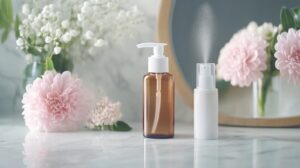
Learn about sprayer pumps: types, uses, and how to select the best one for your needs.
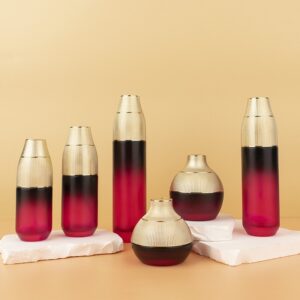
Discover the elegance and sustainability of glass packaging for cosmetics! Learn how glass bottles protect skincare and align with eco-friendly solutions.
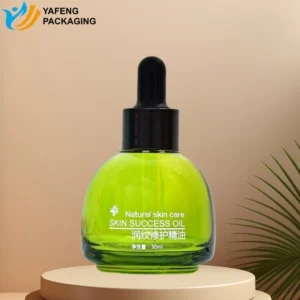
Discover how spray coating enhances skincare and perfume packaging by improving appearance, brand identity, durability, and safety with advanced technology.
Explore custom vs. stock bottles for skincare packaging. Learn how Yafeng’s solutions boost brand identity, quality, and efficiency in this in-depth guide.

Discover how gradient color spray transforms cosmetic glass bottles, enhances brand image, and boosts product appeal with expert insights from Yafeng Packaging.
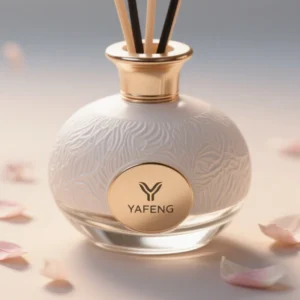
Discover how rattan aromatherapy works and why glass bottles are the best choice for long-lasting scent, safety, and sustainable, elegant packaging.
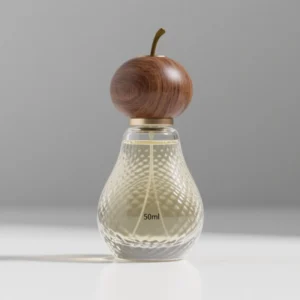
Discover the top 10 woods for perfume caps, comparing texture, pros, cons, and price to help you choose the best material for stylish, high-quality packaging.
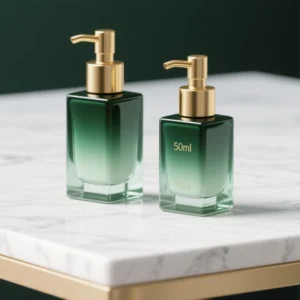
Explore cosmetic glass bottles—safety, eco benefits, types, coloring, mold costs, MOQ, and production tips—in one expert, data-rich guide.
WhatsApp us